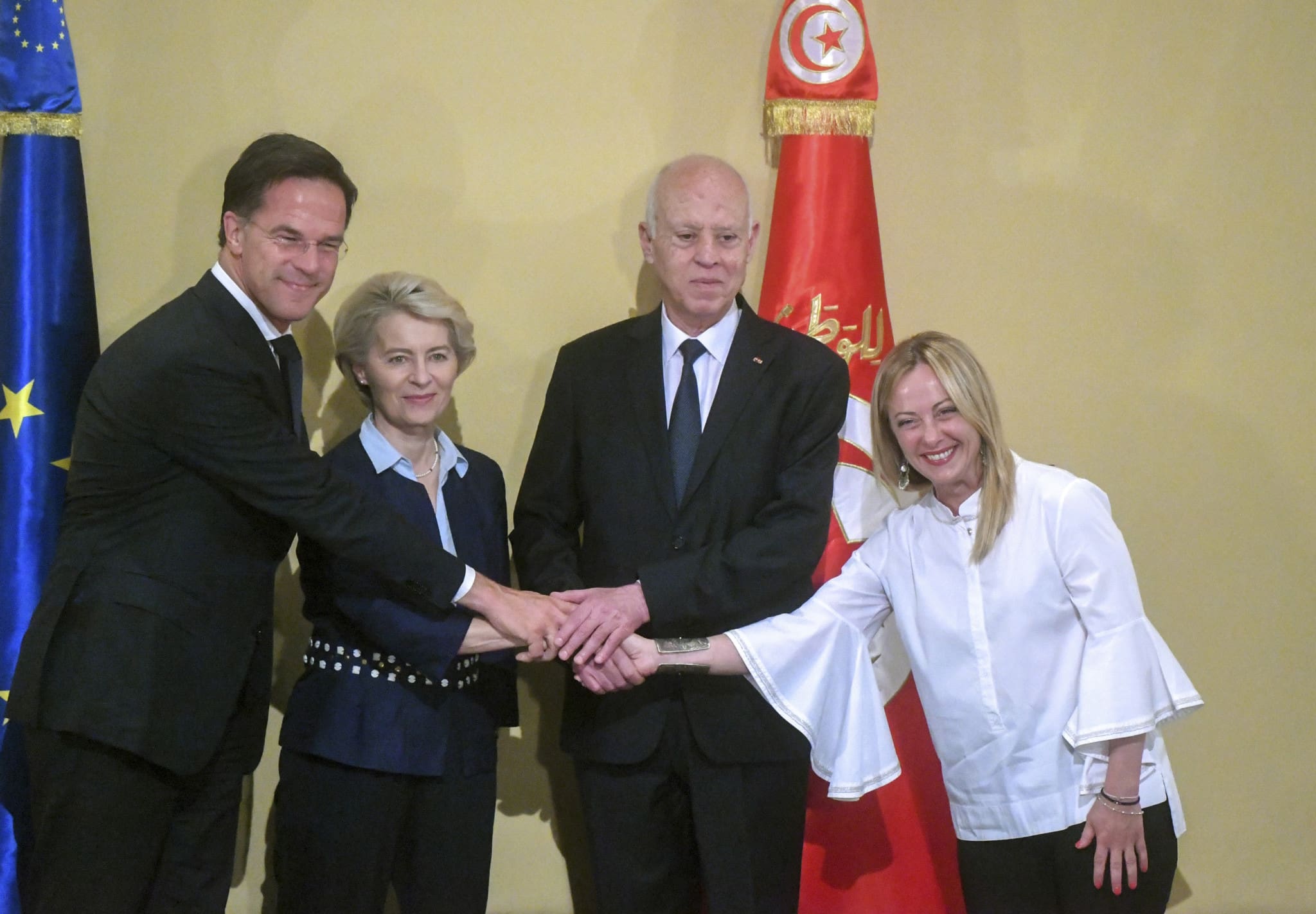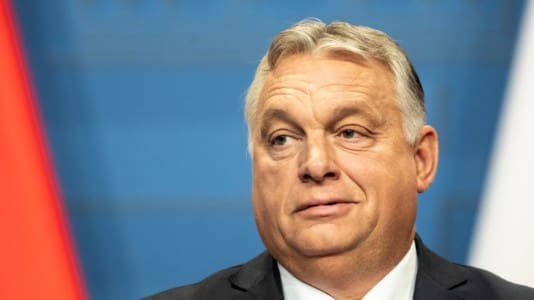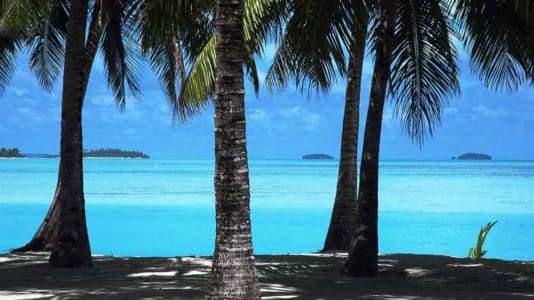Is the new agreement signed between the EU and Tunisia going to help curb the inflow of illegal immigrants to Italy? After many months of efforts led by Italian Prime Minister Giorgia Meloni, an EU-Tunisia Memorandum of Understanding was signed in Tunis on Sunday, July 16, with Tunisian President Kais Saied, Commission President Ursula von der Leyen, Meloni, and Dutch Prime Minister Mark Rutte.
Tunisia has now become the number one country of departures for migrants sailing off to Italy. It now accounts for over 60 percent of migrants heading for Italy while Libya’s share is no more than 30 percent of the total. Another country of departure to Italy is Algeria and some boats loaded with migrants sail directly from Egypt or Turkey, for example.
As far as the Tunisian route is concerned, the use of small boats by people smugglers, without the need for assistance from Europe’s pro-immigration NGOs thanks to the shorter distance separating Tunisia from the Pelagie Islands where Lampedusa lies, makes it much more difficult to stop illegal immigration.
[pp id=76836]
This does not mean, however, that NGOs are not present off the Tunisian shore. While the EU delegation was signing the memorandum in Tunis, Doctors Without Borders’ Geo Barents ship was operating off the coast of Sfax, in Tunisia, with already 329 migrants on board after conducting nine consecutive rescue/recollection missions.
At the same time, the Lampedusa migrant center, which can normally cater for just a few hundred persons, was overloaded with more than 2,000 migrants. This is despite the Italian authorities having greatly sped up the transfer of migrants from Lampedusa to the mainland.
From Jan. 1 to July 17, the Italian interior ministry registered 78,182 arrivals in total compared with 33,187 for the same period last year. These were mostly economic migrants as shown by the most frequent countries of origin, which were, in decreasing order, the Ivory Coast, Guinea, Egypt, Bangladesh, Pakistan, Tunisia, Burkina Faso, Syria, Cameroon, Mali, and others.
Since she took control of Italy’s government at the head of a right-wing coalition, Giorgia Meloni, the leader of Brothers of Italy, a supposedly anti-immigration and moderately nationalist party, has presided over a sharp increase in illegal immigration. So far, her government’s policies, including the new law with stricter regulations for NGOs operating in the central Mediterranean that came into force earlier this year, have failed to reverse that trend.
Despite this, the so-called Piantedosi Decree, named after Italy’s interior minister, is contested by several NGOs which have just filed a complaint to the European Commission in that regard.
The European Commission could turn to the Court of Justice of the EU for a ruling on this issue, and the sad fact is that the only policies that could efficiently and quickly stop illegal immigration are blocked by the CJEU’s most recent case law.
These are the policies that are now being put in place by the U.K. after the successful Australian experience with “Operation Sovereign Borders,” which has been in place for ten years now. It would mean sending asylum seekers to a third country where they would be kept in closed centers while waiting for their application to be processed, as well as a life ban on entry for those caught attempting to enter national territory illegally by boat. For the U.K., this means that those who plan to file for asylum in the country will have to file their request outside British territory, for example in France where the majority of small boats embark from.
[pp id=55595]
Ms. Meloni is not allowed to do that, however, as Italy is part of the European Union.
This is very well illustrated by a series of CJEU rulings against Hungary that first deemed contrary to EU law the existence of closed transit centers at Hungary’s borders with Serbia, and then, in June this year, ruled that Hungary broke EU law by enacting legislation (after it had to close those transit centers) that required asylum seekers to travel to Hungarian embassies abroad to file for asylum.
So the desperate Italian leader has been conducting negotiations with North African countries to get them to cooperate in stopping the migration flow. Having got the European Commission and the EU on her side, she is now boasting success with this new memorandum of understanding with Tunisia.
The new agreement is about economic and trade cooperation, a “holistic approach to migration,” and the search “for remedies to the root causes of illegal immigration.” This sounds all too familiar.
Tunisia only committed itself to taking back its own nationals and guarding its own borders. It will not take back nationals of other countries who make their way to Italy or another EU country from the Tunisian coast. The Tunisian authorities will, however, patrol their waters to rescue and turn back those sailing off.
To support this effort, the EU is going to provide financial support to boost Tunisia’s resources dedicated to search and rescue operations, patrolling the sea, and border control. According to EU sources, the EU is going to give Tunisia 25 patrol boats, including 17 refurbished ones and 8 new units.
In total, the EU is to give Tunisia €675 million this year to support those operations but also to support its economy in crisis, as there is fear that the Tunisian economy could collapse, driving hundreds of thousands out of the country, heading north.
On the positive side, if Tunis is serious about taking back its own nationals, although they are only a small part of those sailing off to Europe from Tunisian shores, that would still be a big improvement. Muslim and African countries are the ones that most often refuse to take back illegal migrants from EU countries.
[pp id=36798]
This has had tragic consequences for Europeans in the past, for example when an unsuccessful asylum seeker from Tunisia, Anis Ben Amri, killed 13 innocent people and injured 55 in the deadly attack on a Christmas market in Berlin, in December 2016. Another example is when another Tunisian national who had landed in late September 2020 in Lampedusa and had been transferred to mainland Italy on Oct. 9 that year killed three people in the Basilica of Nice, in southeastern France, including a woman he nearly decapitated by slitting her throat the Islamic way while yelling “Allahu Akbar!”
Meanwhile, there is concern in Italy that there could be more potential Islamic terrorists in the current inflow of illegal immigrants coming from Tunisia, and this is an alarm that has also been raised by the Tunisian authorities themselves this year.
In late January, several Tunisian nationals were arrested in Italy as part of the investigation into Anis Ben Amri’s network which has been going on since the 2016 attack in Berlin, with some of the arrested being involved in criminal activities linked to the illegal landings of migrants and the delivery of documentation that allows them to travel across the whole Schengen area.
In early July, Carabinieri general Pasquale Angelosanto told the Italian Senate that these organizations “operate with the approval of the mafias, who give them permission to act.”
“They have their hands on the reception of migrants and there is a real risk, the cases are well known, that jihadists can enter Italy among migrants: over time we have had cases of radicalized people who have arrived precisely by using migrant routes,” he added.
[pp id=6385]
Another cause for concern for those who expected a government led by Giorgia Meloni to be much tougher on immigration is the announcement that Italy is going to raise the number of migrant workers that are allowed to come legally to 452,000 for the 2023–2025 three-year period.
This is to compensate for alleged labor shortages in some sectors of the economy. A criterion for the delivery of visas will be a given country’s degree of cooperation with Italy to stop illegal migration, including by accepting back its nationals. Even if it is efficient, there will still be 452,000 immigrants more in Italy, with all the potential future uncontrollable immigration carried by the obligation to allow for family reunification when you are an EU country.
One can be sure that this is not what most of Meloni’s and Salvini’s sympathizers voted for at the last parliamentary elections in September last year…





